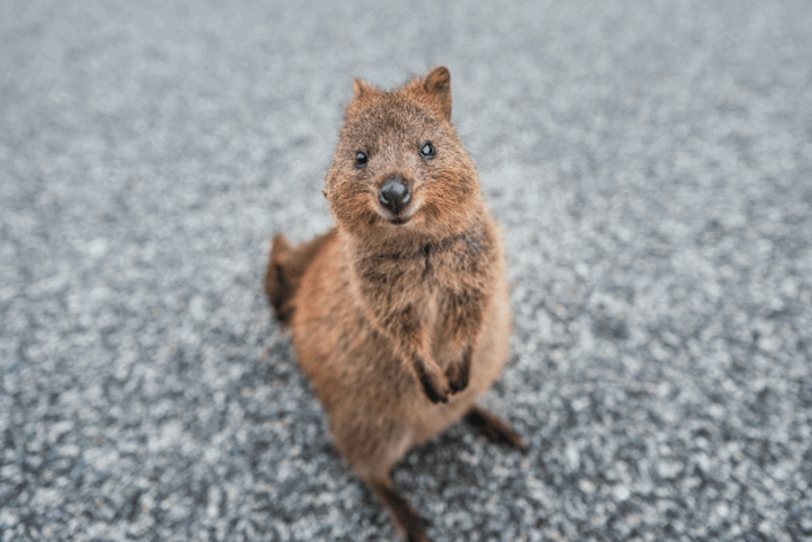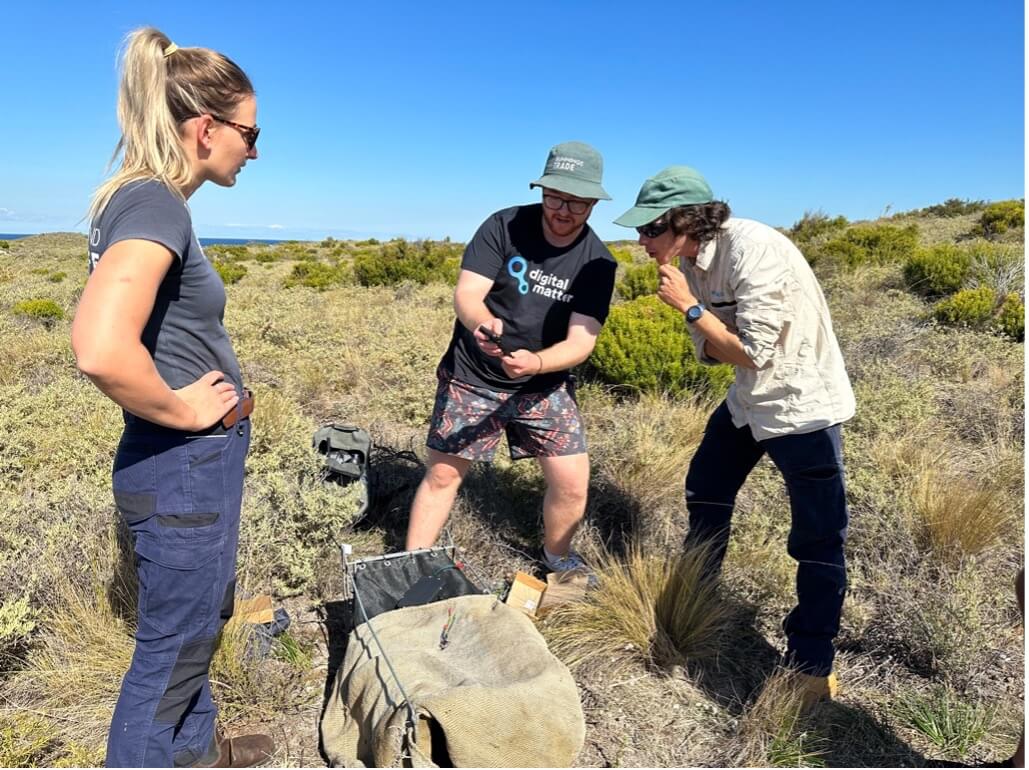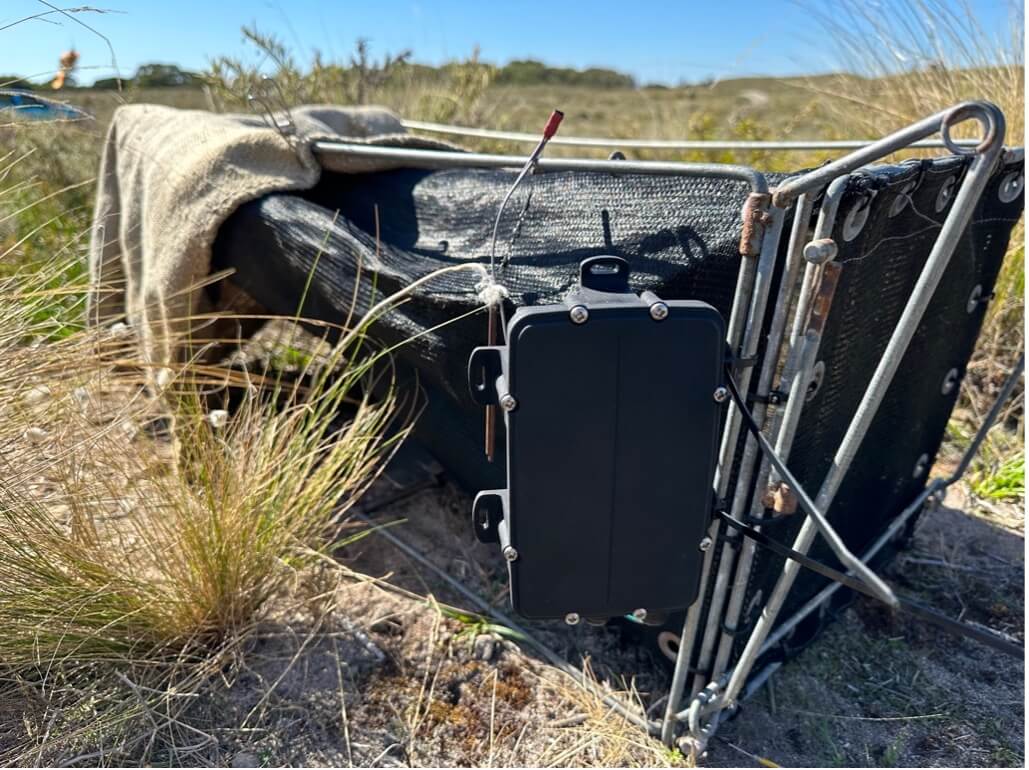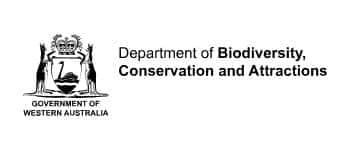Trap Monitoring with the Hawk IoT Datalogger
Explore how the Hawk IoT Data Logger and Sensor Hub is being trialed by researchers in the Department of Biodiversity, Conservation, and Attractions (DBCA) in Western Australia to monitor quokka traps and promote animal welfare on Rottnest Island.
Understanding Quokka Populations on Rottnest Island
Quokkas, a small marsupial species native to Western Australia, are renowned as the “world’s happiest animal.” They are primarily found in forest habitat in the southwest although they also occur on two islands off the coast of Western Australia, with Rottnest Island being home to the largest population.

The Rottnest Island Authority (RIA) is responsible for managing the conservation of the quokka population on the island, which involves tracking and assessing the number of quokkas in particular areas over time.
Population surveys are an important tool for conservationists to understand the health and status of threatened species populations and to identify any changes that may require management action.
Traps are commonly used in animal population surveys to capture and mark individual animals, which enables researchers to estimate the size of the population and track changes over time. In a typical survey, traps are set up in a study area and baited to attract the target species. The traps are designed to capture the animal humanely without causing injury, and the captured animals are then identified, measured, and marked with a unique identifier.
The marked animals are released back into the study area, and information from any subsequent recaptures of marked individuals is used to provide estimates of animal density within specific habitats. By extrapolation of density estimates from each particular habitat, estimates of overall population size can also be made.
Utilizing the Hawk IoT Data Logger for Trap Monitoring
Animal welfare is a top priority for the Department and RIA, and they have strict standards in place to ensure the safety of the quokkas during the trapping process. One of their requirements is to check, process and release all animals within timeframes that meet animal welfare requirements.
Checking traps is a time-consuming process and can be a challenge, especially when traps are in remote areas. Therefore, DBCA researchers are interested in innovative solutions to streamline the trap monitoring process and reduce stress to captured animals.
The Hawk is a versatile and robust IoT data logger and sensor hub that is designed to support a wide range of sensor integrations to enable hundreds of remote monitoring applications. The device features a unique and flexible I/O Card architecture that caters for plug-in cards that define the inputs/outputs, offering limitless options for interfacing to sensors such as SDI-12, I²C, 1-Wire, iButton, 4-20mA, RS-485, RS-232, Analog Inputs, Digital Inputs, Pulse Counting, Digital Outputs, Switched Power, and more.
Utilizing one of the Hawk’s Digital inputs, a pull-apart wire sensor is connected to the trap door. When the trap closes the wire disconnects and the Hawk sends an immediate SMS alert to notify staff. Although all traps are checked daily, traps containing animals based on the sensor alert can be attended to first. This streamlined approach is intended to ensure captures can be processed and released as quickly as possible thus ensuring animal welfare as a priority in trapping programs.


Available in several power variations, the Hawk can be powered by a large internal rechargeable LiPo battery, connected to an external power source such as a solar panel or grid power, or powered by 2 x D Cell LTC batteries for a completely self-powered solution.
After the device has successfully been trialed, DBCA researchers hope to deploy this versatile IoT trap management solution across other research programs.
For more information on the Rottnest Island Authority and the Department of Biodiversity, Conservation, and Attractions Western Australia, visit www.dbca.wa.gov.au/.



